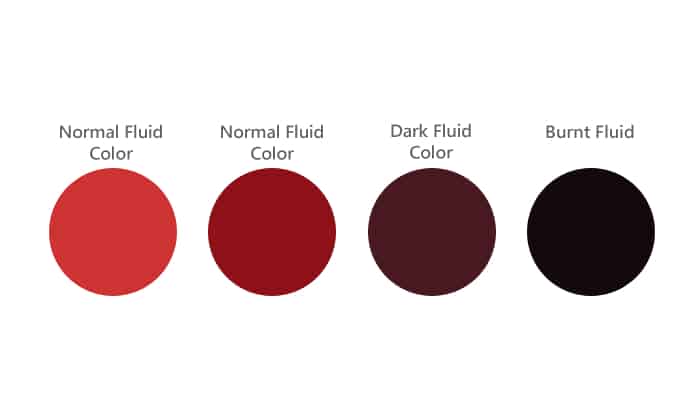2013 Nissan Altima Transmission Fluid Capacity
When it comes to maintaining your 2013 Nissan Altima, one crucial aspect that often gets overlooked is the transmission fluid. Regularly checking and changing the transmission fluid is essential for ensuring smooth gear shifts and prolonging the life of your vehicle’s transmission. In this article, we will provide you with the necessary information about the transmission fluid capacity for your 2013 Nissan Altima, so you can keep your car running smoothly.
Transmission Fluid Capacity and Type
| Popular posts |
|---|
| What to do to prolong the life of your manual gearbox |
| Automatic transmission: what it is, how it works |
Before we dive into the specifics, let’s get straight to the point. The transmission fluid capacity for a 2013 Nissan Altima varies depending on the type of transmission your vehicle has. Here’s a breakdown of the transmission fluid capacity for each type:
| Transmission Type | Fluid Capacity (Quarts) | Fluid Capacity (Liters) |
|---|---|---|
| Automatic CVT | 7.4 | 7.0 |
| Manual | 3.7 | 3.5 |
Now that you know the transmission fluid capacity for your 2013 Nissan Altima, let’s discuss why it’s important to keep an eye on your transmission fluid levels and how to check and change it.
Why Checking and Changing Transmission Fluid Matters
Transmission fluid plays a vital role in keeping your vehicle’s transmission running smoothly. Over time, the fluid can become contaminated with debris, heat, and other contaminants, which can lead to poor performance and potential damage to your transmission. Regularly checking and changing the transmission fluid helps to:
- Ensure proper lubrication of the transmission components
- Prevent overheating
- Improve gear shifting
- Extend the lifespan of your transmission
How to Check and Change Transmission Fluid
Checking and changing the transmission fluid in your 2013 Nissan Altima is a relatively straightforward process. Here are the steps to follow:
- Make sure your vehicle is parked on a level surface and the engine is turned off.
- Locate the transmission fluid dipstick. It is usually labeled and can be found near the back of the engine bay.
- Remove the dipstick and wipe it clean with a lint-free cloth or paper towel.
- Reinsert the dipstick fully and then remove it again. Check the fluid level by looking at the markings on the dipstick. The fluid should be within the designated range.
- If the fluid level is low, you will need to add the appropriate transmission fluid. Refer to your vehicle’s owner’s manual for the recommended type of transmission fluid.
- If you need to change the transmission fluid, it is recommended to consult a professional mechanic or refer to your vehicle’s owner’s manual for specific instructions.
Remember, safety should always be a priority when working on your vehicle. If you are unsure or uncomfortable performing these tasks yourself, it is best to seek professional assistance.
Conclusion
Knowing the transmission fluid capacity for your 2013 Nissan Altima is essential for proper maintenance. Regularly checking and changing the transmission fluid will help ensure smooth gear shifts, improve performance, and extend the lifespan of your vehicle’s transmission. By following the steps outlined in this article, you can take control of your car’s maintenance and keep it running smoothly for years to come.
What Color Should Transmission Fluid Be?


